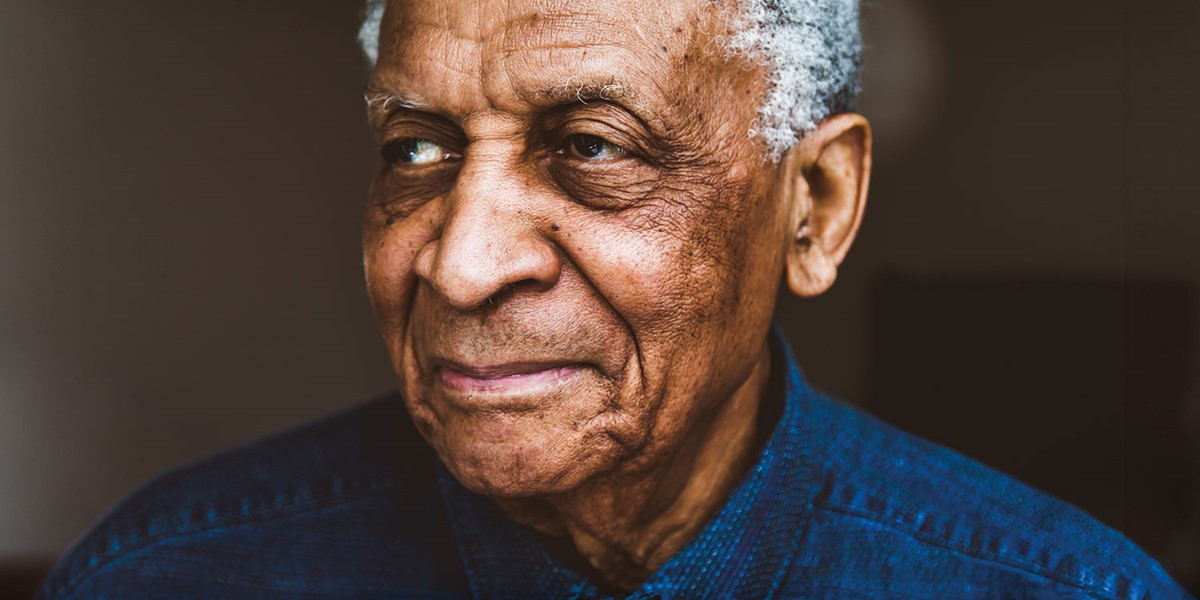Thursday, June 13, 2024
Abdullah Ibrahim: A Beginner's Guide
A South African pianist who navigated the trauma and difficulties of apartheid while always staying close to home. Nigel Williamson documents a remarkable, boundless career… that’s not over yet

Abdullah Ibrahim (photo: Gabriel Bertogg)

Register now to continue reading

Thanks for visiting the Songlines website, your guide to an extraordinary world of music and culture. Sign up for a free account now to enjoy:
- Free access to 2 subscriber-only articles and album reviews every month
- Unlimited access to our news and awards pages
- Our regular email newsletters

